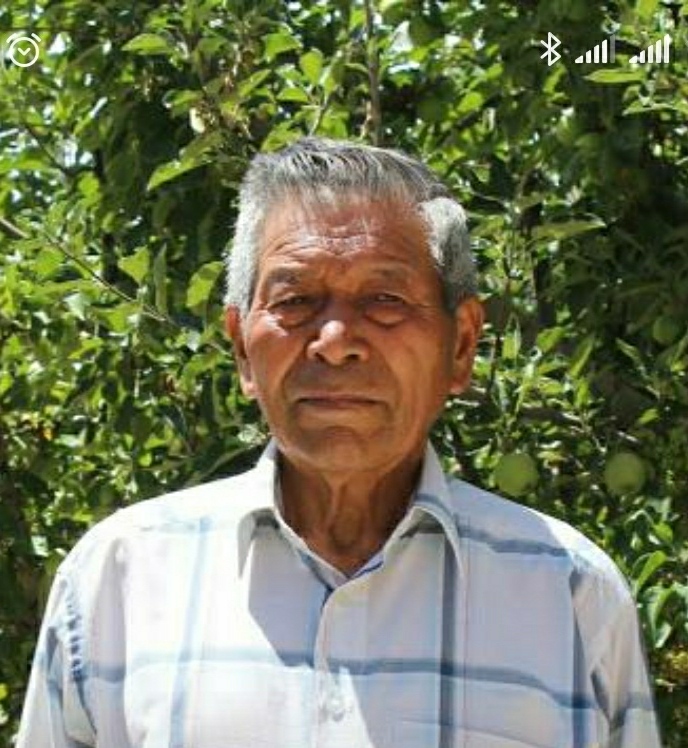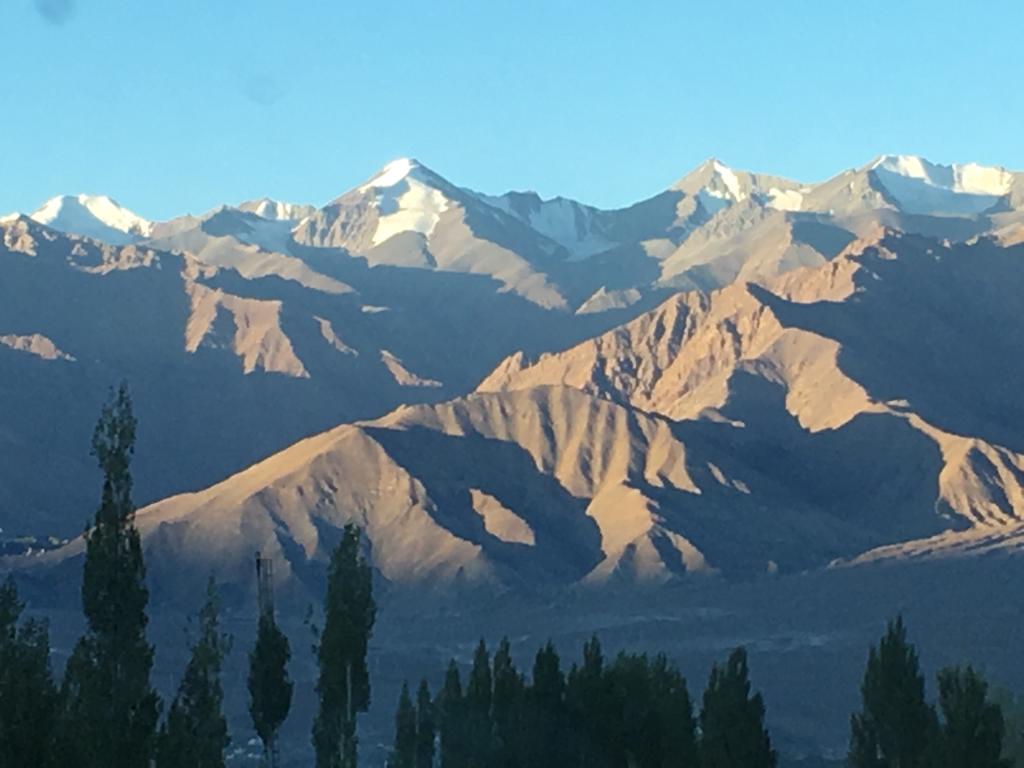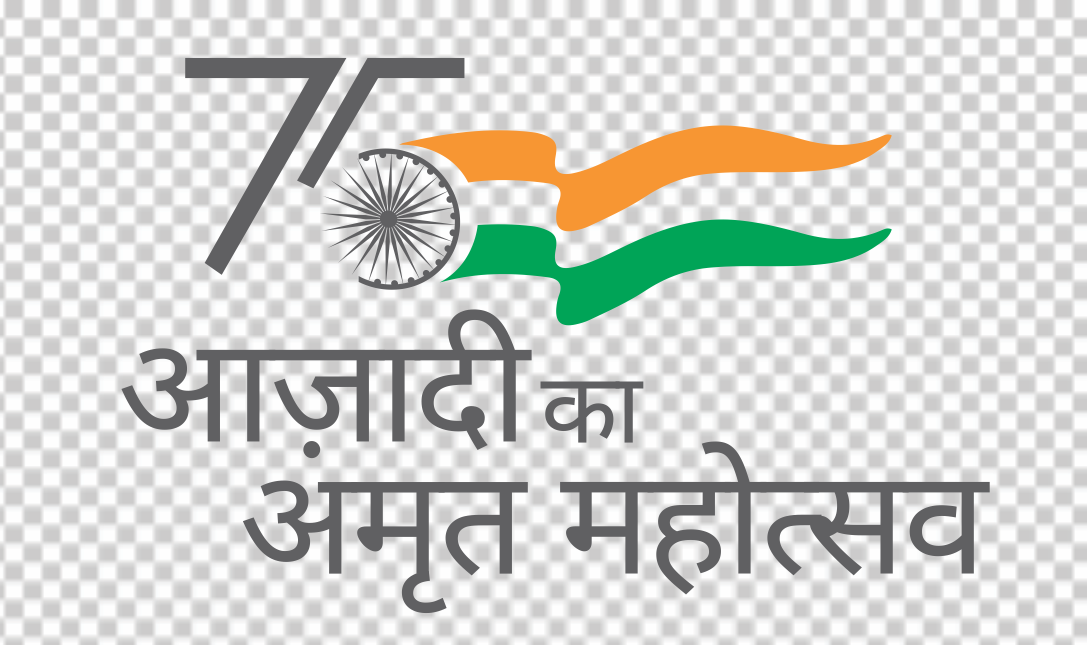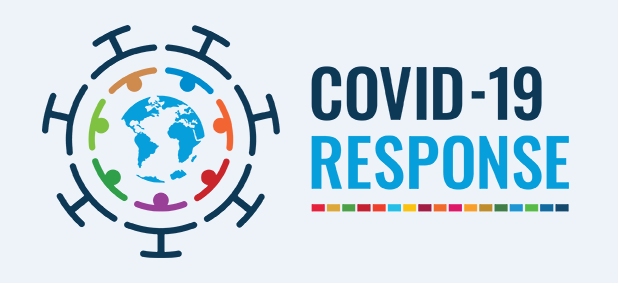Future Water Sources of Ladakh
and Leh Town
Future Water Sources of Ladakh
and Leh Town

Shri Chewang Norphel
Padmashree Awardee Ice Man of Ladakh and
Mentor, IISD Ladakh Knowledge Support Center
Water is Key and Fundamental to People. We need to experiment
all possible innovation options to meet the future water demand of
Leh and Ladakh. IISD's Water Audit would offer a clear picture of the
water supply scenario of Leh town as well as show a way forward towards
this direction to ensure a sustainable water supply and management system for Leh town.
Norphel's Artificial Glacier has been boon for many of the villages in addressing the acute water scarcity for agriculture and other human household needs like Drinking, Bathing, Cleaning, Cooking Washing etc.. In fact, Ladakh falls in the rain shadow region of the western Himalayas, that receives either very little or no precipitation, resulting crops failures, low productivity and hence the diminishing interest of the farmers in farming activities. The majority of the inhabitants of the region are in subsistence farming and limited livestock rearing. The artificial glacier is the intricate network of water channels and dams, along the upper slopes of the villages at high altitude, ranging from 13000 ft. and above. The glacier runoff is stored at different altitude above the village during three to four winters' months, where there is no agricultural activity and water is crucial for farming, as dry land cultivation is not possible in the entire area. Ladakh has a short summer, hence the farmers, must sow crops in April-May. Norphel's Artificial Glaciers enable them to get water full, months before the natural glacier starts melting on high mountain tops. No Crops are grown in Ladakh's severe winter season and also the water in the streams generally goes waste. Norphel hits upon the ideas of diverting the water to a convenient spot and release it through many small outlets, towards down slope of hills. A series of rubble stone masonry in crate-wire are made at suitable intervals on the hill sides to enable the water for accumulation. Norphel's Glaciers are about 1/2 kms long, 100' to 150' wide and depth ranging 3'to8'. They are low cost and require only local labors. The artificial glacier is thus created assume, regular water activity resulting in, high productivity and high return. It also helps recharging ground water aquifers, besides numerous other benefits. On the contrary a huge amount of glacier melt water drains into river during long winter months, when all sort of agriculture activities cease due to intense cold. The Artificial Glacier taps this run off, using and intricate network of channels, which is conserved in ice form at different altitudes. As the temperature increases, especially, during the spring season, the artificial glacier located near to the village, starts melting first providing water for the crucial sowing season, when the scarcity of water it's at peak. The melting process at different times thus continues, with increase temperature, thus providing assured irritation to the fields. The communities are deriving immense benefit as their water woes have been drastically, reduced and hence adequately addressed. The innovative Artificial Glacier Technology' is now universally known as one of the best Natural Resources Management Technology; recognized as an unique; simple, cost effective and potential means of high altitude water harvesting and conservation technique.
Ladakh is blessed with plenty of water and it's sustainable sources, which needs to be identified, studied and harvested on a
case to case basis. Like Leh has 3 more options of Water Supply Sources for it's town -
1. Melting Water from Khardung la Glaciers,
2. Local Streams and
3. Indus River - in addition to it's present practice of ground water lifting.
In the Context of Ladakh, Everywhere We have a lot of options for going for artificial Glaciers, especially tried, experimented in different parts of the valley, which has proved to be very beneficial during winter 6 to 8 months for meeting the drinking, household and agricultural needs of the local inhabitants.
___________________________________
Padmashree Shri Chewang Norphel is the Chief Patron and Mentor to IISD's Research and Knowledge Support Centre for Sustainable Development at Ladakh.
* This Blog is prepared with assistance, received from Ms Sonam B. Jigmet, his Grand Daughter and Dr Srikanta K. Panigrahi, Director General, IISD, who have personally interacted, edited and compiled the contents as briefed by Shri Norphel.
















